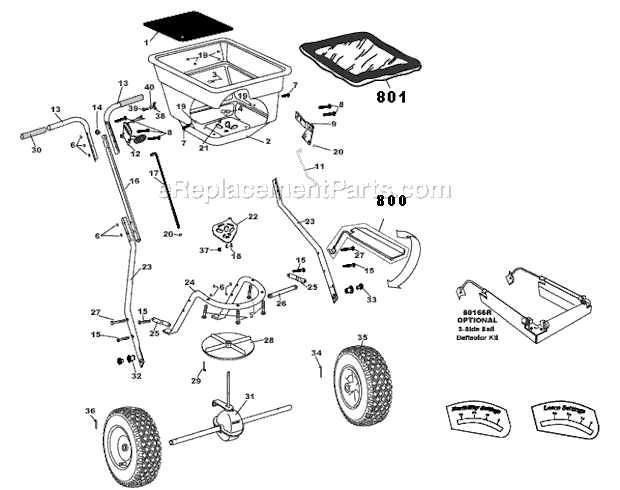Red Devil Broadcast Seed Spreader Manual
Economy plastic spreader ideal for one-time jobs. Use to spread mastic, glue and epoxy.
. 2712 Answers SOURCE: There are two common types of lawn spreader: drop or broadcast. The drop spreader is a familiar sight at garden centers and hardware stores. If you are a homeowner with less than 5,000 sq.ft. Of lawn area, an inexpensive drop spreader may be all you need. Drop spreaders tend to be more manueverable in tight, awkward spaces and are relatively easy to use. Broadcast spreaders throw the material out in a wider swath, sometimes as wide as 8'.
If you have a large area to cover, they can make short work of it. They are, however, a little trickier to use, since you need to keep up a steady walking speed (usually 3 mph) and you need to be moving when you activate the spreader. It's also harder to get a clean edge, although some broadcast spreaders come with side deflectors, which let you get close to side-walks, beds and driveways without spreading material on these adjacent areas. There are also small, hand-held broadcast spreaders suitable for smaller areas. Posted on Aug 27, 2008. Hello, to solve your question about what number to use to calibrate your broadcast spreader, please use the step-by-step instructions below: 1. If you don't already know the square footage of your lawn, please walk off or measure, multiplying the length by width.
For example, my lawn is 100 ft wide by 100 ft long; this equals 10,000 sq. Use this figure (30,000 sq ft) to determine how much fertilizer, insecticide, fungicide,apply etc., to purchase and apply. To calibrate the spreader for applying your product at the correct rate, first weigh and hold out an amount of product to cover a pre-determined test area; for example, enough for a 200 sq ft space. Because most lawn fertilizers are packaged to cover areas in 1000 sq ft increments, it's easy to figure how many 1,000 sq ft applications you need for your lawn. Set your spreader to 3 and measure 1/5 of the recommended application on your product, to cover a 200 sq ft area. Use your spreader to cover this 200 sq ft area.
If there is product remaining in the hopper after walking this 200 sq ft area, increase the setting number and move to another test area, repeat steps 5 and 6. If there wasn't enough product to cover the test area, back the number down, move to another test area, and repeat steps 5 and 6, until you finish with product and lawn test area at the same time.

Remember to never leave product in your hopper because many chemicals are corrosive and can destroy the moving parts, making the spreader inoperable. I hope this helps! Apr 02, 2011. You may check the calibration by using the following directions. First, adjust your micrometer setting to 2. Squeeze the trigger against the handle. The calibration line is a small, raised line embossed on the top of the spreader's shut-off plate.
Broadcast Seed Spreader
With the micrometer set at 2 and the trigger squeezed against the handle, the calibration line should be aligned with the back edge of the hopper opening. To adjust the alignment, use a small wrench to turn the black calibration screw at the lower end of the control wire leading from the micrometer rate setting barrel. Adjust the screw until the calibration line and back edge of the hopper meet.
If you have any difficulty checking the calibration, contact us and we will be happy to help walk you through the adjustment. When you are not pulling on the trigger handle, the cable should be loose. When you pull on the handle, the cable becomes taut and the shutoff plate slides open.

Precision Broadcast Seed Spreader
If you need further assistance feel free to contact us @ 1-800-543-8873 Jan 24, 2011.